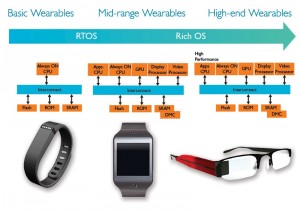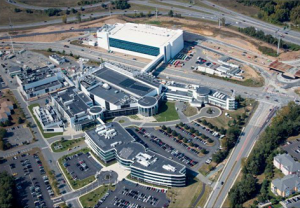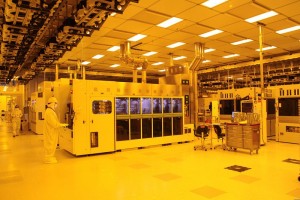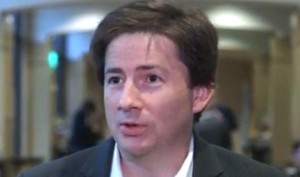
Marcus Weldon, CTO Bell Labs, welcomes early 5G trials
The first field trials of a 5G mobile communications network could take place as early as 2016 in the US.
US operator Verizon is working with its hardware partners Alcatel-Lucent, Cisco, Ericsson, Nokia, Qualcomm and Samsung to start 5G field trials in 2016.
Marcus Weldon, chief technology officer of Alcatel-Lucent and president of Bell Labs believes the plan for 5G trials next year is a good thing because even if 4G LTE technology still has “so much headroom left”.
It is possible bringing forward the 5G trials is a response by the US operator which my feel the US is falling behind Europe and Asia in the pace of development of 5G technologies.
As Rima Qureshi, chief strategy officer for Ericsson pointed out:
“A lot of development and requirements for 5G networks have so far come from Asian operators. It’s exciting to see a US company accelerate the rate of innovation and introduce new partners.”
The problem is that with 5G standards for the radio access network unlikely to be finalised by next year, any trial either in the US or Europe will be seen as an exploratory step along the way to commercial services which are at least five years away.
No operator is yet committing to 5G services before 2020 at the earliest.
Roger Gurnani, executive vice president and chief information and technology architect for Verizon said there is “a sense of urgency to push forward on 5G and mobilize the ecosystem by collaborating with industry leaders and developers.”
The trials, which will take place at Verizon’s testbeds in Waltham, Mass., and San Francisco, will test the 5G network’s capability to accommodate both wideband data services and narrowband connections to IoT devices. This will be one of the big challenges of 5G.
Another challenge will be defining the radio access network. Researchers in in Europe and Asia are considering using the radio spectrum at 60GHz, the so-called millimetre-wave band. This will provide the capacity needed for the anticipated 500MHz radio channels 5G will need.
Research is indicating there will be a completely new radio technology for the 5G mobile communications standard expected to hit the market by 2020.
Research work in Europe and China into the next generation mobile phone standard is now focusing on the use of millimetre wave radio transmission at very high 30-300GHz frequencies.
Japanese mobile operator NTT Docomo is working with US giants Intel and Qualcomm as part of its development of 5G research into mobile communications technologies.
Europe has the MiWaveS project which is intended to demonstrate how low-cost or advanced millimetre wave technologies can provide multi-gigabits per second access to mobile users and contribute to sustain the traffic growth.
It believes the exploitation of the available millimetre wave spectrum will be a key element in building high-throughput and low latency infrastructures for next generation heterogeneous mobile networks.
The UK’s main 5G research centre, the 5GIC at the University of Surrey is to be part of the MiWave S project.
Other project members include: CEA-Leti, Orange, Nokia, Intel, National Instruments Dresden and STMicroelectronics.
If implemented, this will represent the biggest technology change for a mobile generation since the switch from analogue to digital GSM technology more than a decade ago.
The standards work for the radio access network (RAN) only started this month at a 3GPP standards meeting in Arizona.
So what can we learn from the timing of 4G LTE trials. Verizon began testing 4G LTE as early as 2008 with the creation of a 10-cell network sandbox around Boston. This was two years before the launch of first commercial services.
By 2015, 87% of Verizon wireless data traffic is carried over the 4G LTE network.
Richard Wilson
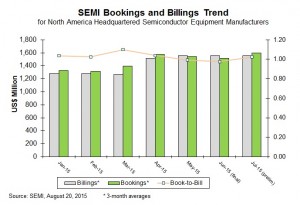 A surge in bookings for semiconductor manufacturing equipment in Q2 meant that bookings exceeded billings in the quarter, reports SEMI, although there were some erratic local variations.
A surge in bookings for semiconductor manufacturing equipment in Q2 meant that bookings exceeded billings in the quarter, reports SEMI, although there were some erratic local variations.

